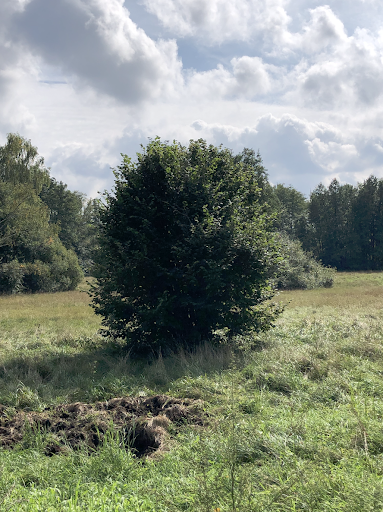Over the summer, my friend Helene and I were sitting in my backyard in upstate New York talking about the importance of feeling connected to nature. After spending the first month of my summer in Berlin, and Helene having been on the road with their family, it was wonderful to reunite and catch up under
TagExcursion
The Path Of Kings
Spring term’s Berlin architecture class took a trip to Potsdam on April 29th with the aim of exploring Frederick the Great’s favoured place of residence, Sanssouci, which means “without worry”.The architecture class has so far dealt with various museums located in Berlin’s city center and their historical significance — how the architectural design as well
Discovering Milan and Michelangelo
This year’s trip to Italy, as part of the core course The Florentine Renaissance and its Values, offered an additional excursion to ECLA Academy Year and BA First Year students: a day in Milan.In the course’s history, where students spend several days in Florence at the beginning of the spring term, brief visits to other
The Laurentian Library: experiencing the Renaissance through Michelangelo’s architecture
The Laurentian Library is an official symbol of the growth of power and wealth of the Medici family in Florence. Commissioned in 1523, Michelangelo designed and began working on the building in 1525. In 1535, Michelangelo left Florence and his work was finished, based on his designs, by Ammannati, Basari and Tribolo. The Library remains
Revealing What’s Hidden
It was quickly decided by public decree that Leonardo would be given some beautiful work to paint, and Leonardo was thus commissioned to do the hall.” – Giorgio Vasari, Lives of the Artists All over the world, art historians’ minds are divided concerning a recent discovery in Florence’s Palazzo Vecchio. The main hall, covered in
A Trip To Remember
One of the biggest attractions of the academy year program is the Florence trip, which takes place every year before the spring term starts. The trip to Florence promises a very extensive education on Renaissance art and architecture interspersed with a glimpse of the political and historical ramifications of those works of art. When I

